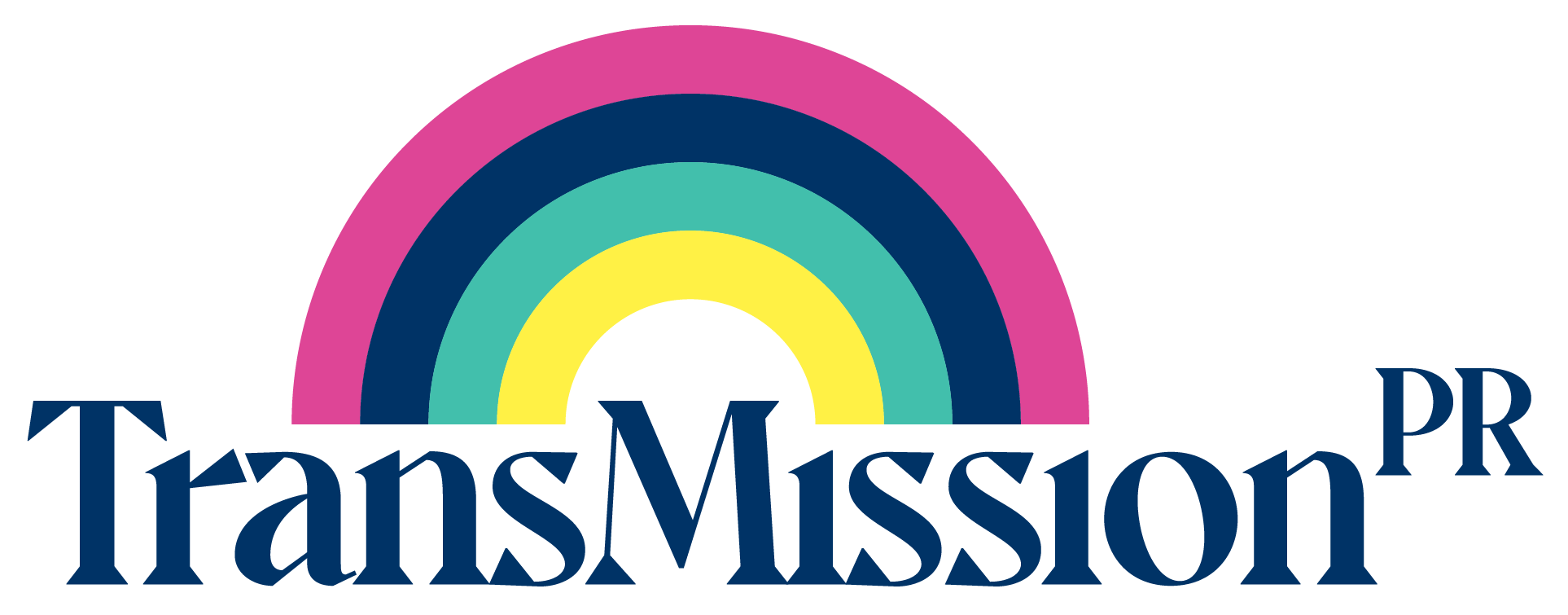
07 Feb In 2022, authentic, inclusive content is key: here’s how to get it right
In a world where socially-conscious Gen Z and millennial consumers rule the roost, inclusive branding is no longer a nice-to-have – it’s a necessity. Modern audiences want proof that the companies they support are invested in social change, but beware – when savvy social media users can send a tone-deaf ad halfway ‘round the world before you can say “we deeply regret-” you can’t afford to slip up.
So how can you lean into diversity and inclusivity without coming across as inauthentic? Read on to find out…
Know Your Audience
Step one is to understand the audience you’re aiming to include – their struggles, their wants, everything that makes them a distinct group. Failing to do your research upfront could drop you in serious hot water down the line.
It’s not enough to simply cast diverse actors or models in your marketing materials. You have to ensure that your product is meeting the needs of the diverse groups you want to target, or you’ll come across as tone-deaf.
Here’s an example: in 2014, luxury New York retailer Barney’s launched their ‘Brothers, sisters, sons and daughters’ campaign featuring 17 transgender models, who all received a major PR boost from famed photographer Bruce Weber. So far, so inclusive, right?
Unfortunately, although Barney’s inclusive campaign got them plenty of kudos among prominent transgender allies, it missed one critical point; Barney’s is a luxury brand. The transgender audience they’d aimed the campaign at is marginalised and lacked the funds to shop with this luxury New York retailer, so no amount of representation was going to help them afford the goods on offer. By failing to truly understand the struggles faced by their target market, Barney’s missed out on the opportunity to build an authentic relationship with the transgender community and their efforts at inclusion, while well intentioned, came across as an exercise in lip service.
Conversely, skin care brand Clean & Clear hit exactly the right tone when they hired teen trans rights activist Jazz Jennings as the face of their ‘See the Real Me’ campaign. They successfully tapped into real anxieties their target market has, and provided a viable solution backed up by a strong social conscience. In one fell swoop, ‘See the Real Me’ says: “Hey! This is for you, too” – and most importantly, it means it.
Inclusion Starts At Home
If you want to really get to know your target audience, you should think about hiring them. All the research in the world won’t match real, lived experience. If you plan to create authentic, inclusive campaigns, it’s essential to have diverse voices on your team.
Hiring diverse talent will also help you to avoid the dreaded feedback loop that leads to tone-deaf ads escaping into the wild. Foster an environment where your colleagues aren’t afraid to speak up and voice their opinions, even when they contradict the rest of the group. For marginalised people, going against the grain can feel risky – so lay the groundwork early, and let them know you’re running a genuinely collaborative environment by championing their ideas and putting their experience front and centre.
Inclusivity also means being prepared to defend your marginalised colleagues. The world still has a long way to go when it comes to inclusion, and diverse campaigns are a feeding ground for social media trolls. Have statements prepared and ready to go for when these trolls inevitably crawl out of the woodwork, and show your target audience that when it comes to diversity and inclusion – you really do practice what you preach.
Don’t Just Check The Box
Which brings us to our third, and final point. If you want to build authentic campaigns, then diversity and inclusion cannot be a simple box-checking exercise. Don’t be one of those companies that slaps a rainbow on their logo for Pride Month and then goes back to silently supporting the status quo – build a genuine relationship with marginalised groups by going out of your way to fight for diversity and inclusion.
For a great example, look no further than Levi Strauss & Co., who have been campaigning for LGBTQ+ rights for decades. They’re a staple of Pride Month marketing, where each year their annual collection gives 100% of profits to a chosen LGBTQ+ charity – but their work goes way beyond the billboards. They have a perfect 100 on the corporate equality index, proving their commitment to diversity and inclusion in and out of the workplace. They were also the first major U.S. company to offer domestic partner benefits to same-sex couples. As if that wasn’t enough, in 2019 they called on the United States senate to outlaw LGBTQ+ discrimination. Their genuine investment in the LGBTQ+ community has gained them a loyal following, when less authentic brands have quickly been forgotten.
If you know your audience, and you’ve brought diverse voices to the table, you should have no problem figuring out how you can go above and beyond for your marginalised customers. You don’t have to raise millions for charity, or take on the supreme court – just pay close attention to your target audience, and remember to keep it real. If you don’t you will be called out.
TransMission PR’s team of experts is on hand to support you in ensuring your campaigns hit the mark. To find out how we can help. Drop us a line.
- In 2022, authentic, inclusive content is key: here’s how to get it right - February 7, 2022
- Why your brand needs to stand up for Diversity and Inclusion - January 17, 2022
- The Importance of Using Inclusive Language in a Healthcare Setting - January 10, 2022


